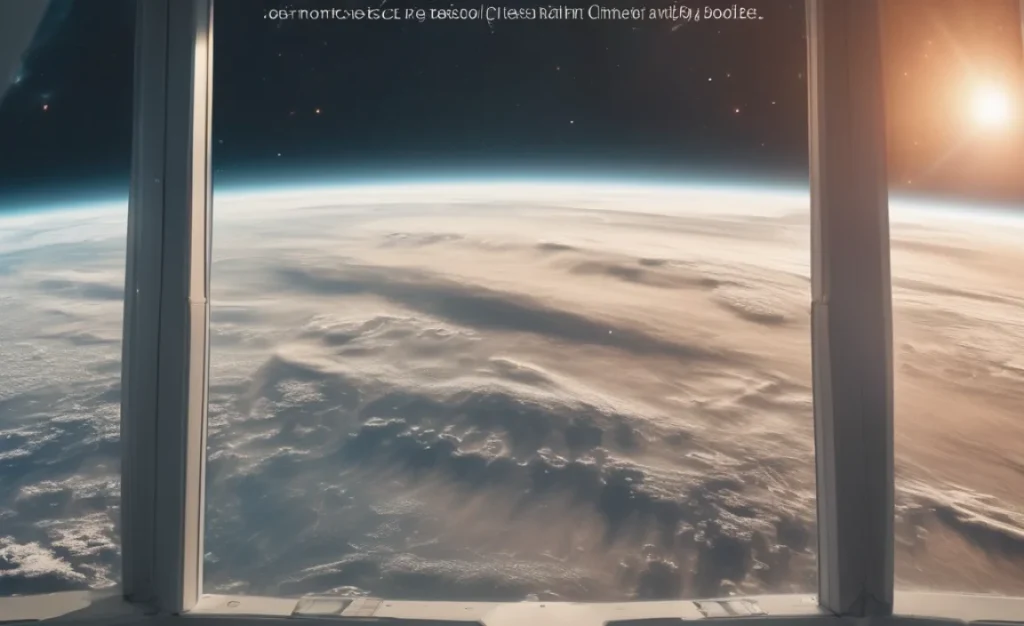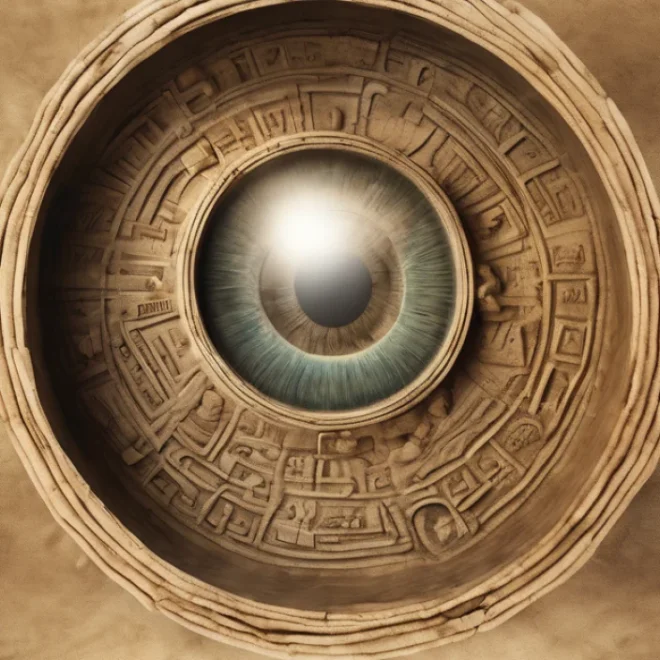Space is full of mysteries and wonders. Have you ever looked at the night sky and wondered what’s out there? The universe holds many surprises. Would you like to discover some shocking facts about space? This article will take you on a journey to explore the incredible and sometimes unbelievable truths about the vast universe. Get ready to be amazed!
Key Takeaways
- Space is much bigger than you think.
- Some planets rain diamonds from the sky.
- Shocking facts about space can surprise everyone.
- Stars can be bigger than our sun and super bright.
- The universe is expanding faster every day.
Shocking Facts About Space’s Vastness
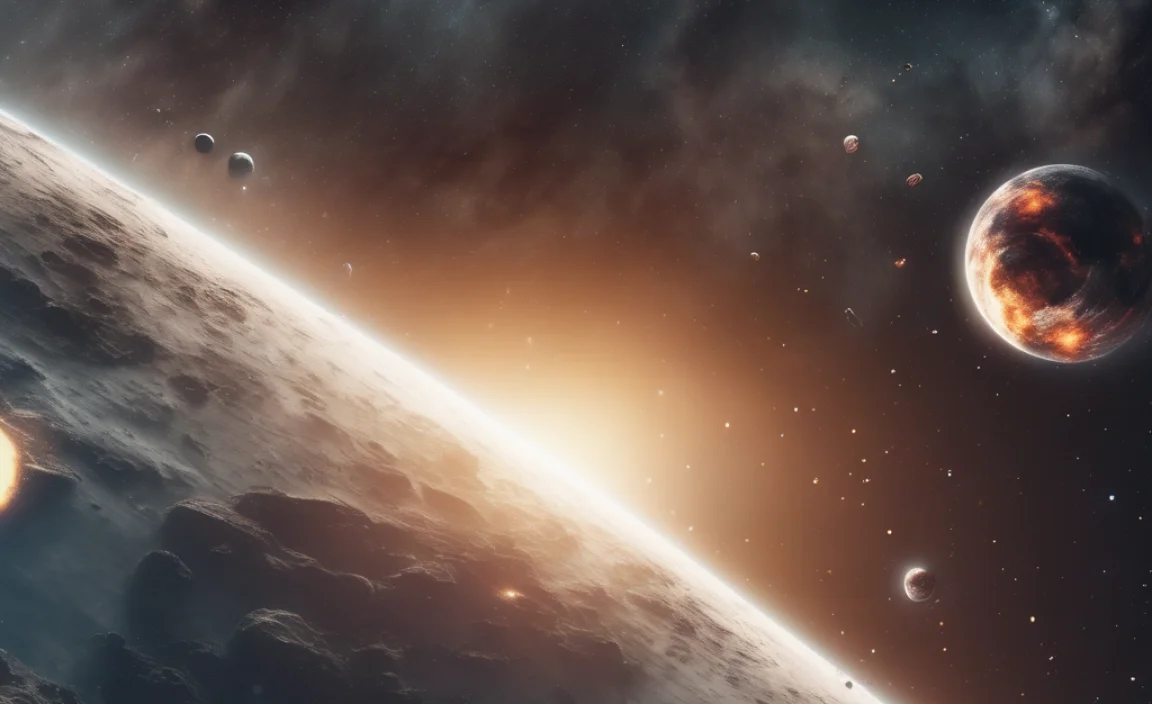
Space is unimaginably big. It’s so big that it’s hard to understand. Our Earth is like a tiny dot in the vastness of space. The universe extends far beyond what we can see. Light takes millions of years to travel across it. Imagine a place so big that you can’t even picture it in your mind. Astronomers use powerful telescopes to learn more. Still, there are many things we don’t know.
- The universe is about 13.8 billion years old.
- It’s constantly expanding, getting bigger every second.
- There are over 100 billion galaxies in space.
- Our Milky Way galaxy has billions of stars.
- Each galaxy is a vast collection of stars, gas, and dust.
- Space contains mysterious dark matter and dark energy.
- Light from distant stars takes years to reach us.
The size of space is one of the most shocking facts about space. Even the smartest scientists are amazed by it. The more they study, the more they find unknown mysteries. It’s a never-ending adventure to learn about the universe’s vastness. Our galaxy is just a small part of the cosmos.
Fun Fact or Stats: The nearest galaxy, Andromeda, is 2.5 million light-years away!
How Far Can We See?
Have you ever wondered how far you can see in space? The answer is mind-boggling. With the right telescopes, astronomers can look back in time. They see light from stars billions of years old. It’s like looking into a time machine. Think about it—you’re seeing the universe as it was long ago. That’s the magic of space.
The Speed of Light
Light travels incredibly fast. It moves at 186,000 miles per second. In one second, light can circle Earth seven times. Yet, space is so vast that even light takes time to travel. When you look at stars, you’re seeing them as they were years ago. Isn’t that amazing? Light’s speed helps scientists understand the universe’s size.
Dark Matter and Dark Energy
Dark matter and dark energy make up much of the universe. But what are they? Scientists are still trying to figure it out. Dark matter doesn’t emit light, so we can’t see it. It holds galaxies together. Dark energy causes the universe to expand faster. It’s one of the great mysteries of space.
Planets With Strange Weather
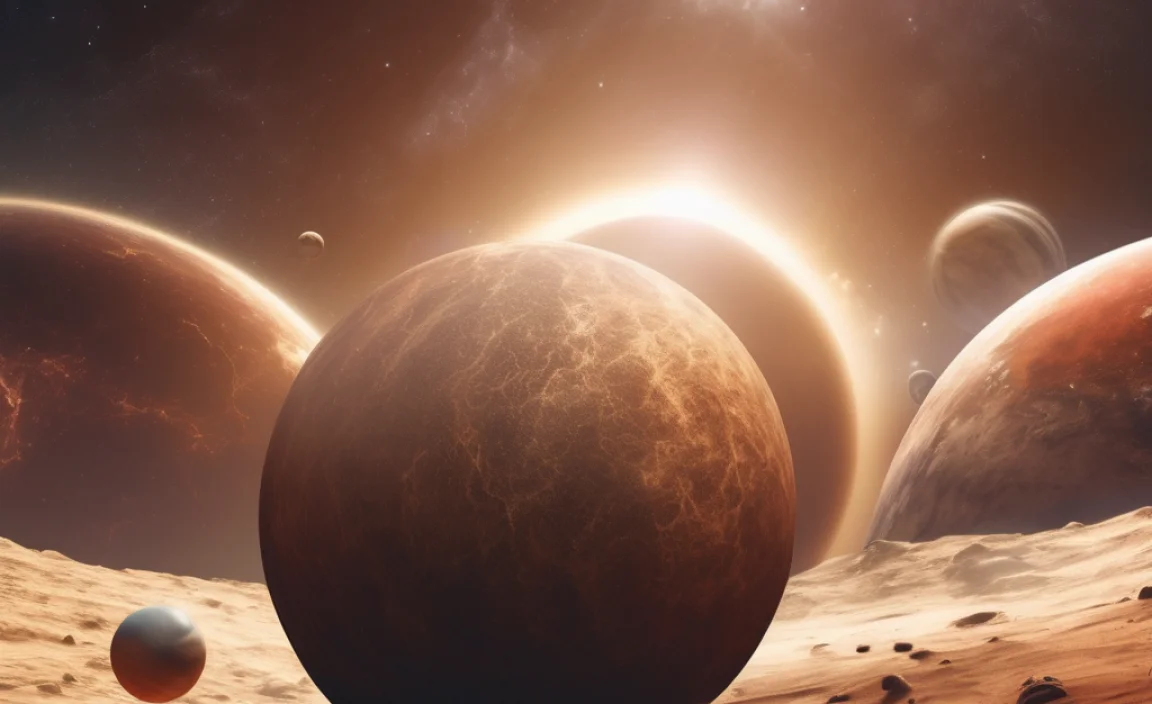
Space isn’t just about stars and galaxies. Planets in our solar system and beyond have wild weather. Some planets have storms bigger than Earth. Others rain diamonds from the sky! Can you imagine a place where it rains diamonds? These are just some of the shocking facts about space weather. Let’s explore some of these incredible planets and their weather conditions.
- Jupiter has a storm called the Great Red Spot.
- Neptune has sometimes supersonic winds.
- Venus’s clouds are made of sulfuric acid.
- Uranus might have diamond rain due to high pressure.
- Mars has dust storms that cover the entire planet.
- Earth’s weather is unique and supports life.
- Extreme weather on other planets is common.
The weather on these planets is both fascinating and terrifying. Jupiter’s Great Red Spot is a giant storm that has raged for centuries. Neptune’s winds blow faster than sound. These conditions are unlike anything on Earth. They remind us of how unique our planet is, with its habitable climate. Studying other planets helps us understand Earth’s weather patterns.
Fun Fact or Stats: A day on Venus is longer than a year on Venus!
Jupiter’s Massive Storm
Jupiter’s Great Red Spot is a giant storm. It’s larger than Earth. Imagine a storm so big and powerful that it lasts for hundreds of years. That’s what’s happening on Jupiter. Scientists observe it with telescopes. The storm’s swirling clouds look beautiful from afar. It’s one of the most famous features in our solar system.
Diamonds on Neptune and Uranus
Do you dream of finding diamonds? On Neptune and Uranus, it might be raining them! High pressure deep in the atmosphere could turn carbon into diamonds. These planets’ conditions are extreme. It’s not easy to visit, but it’s fascinating to imagine. The idea of diamond rain shows how strange and amazing space can be.
Living With Mars Dust Storms
Mars is a dusty and cold planet. It has dust storms that can cover the entire surface. These storms block sunlight and make it hard to see. Imagine living in a place where the sky turns dark with dust. Scientists study Mars to learn about its climate. They hope to prepare for future human missions.
The Enormous Power of Stars
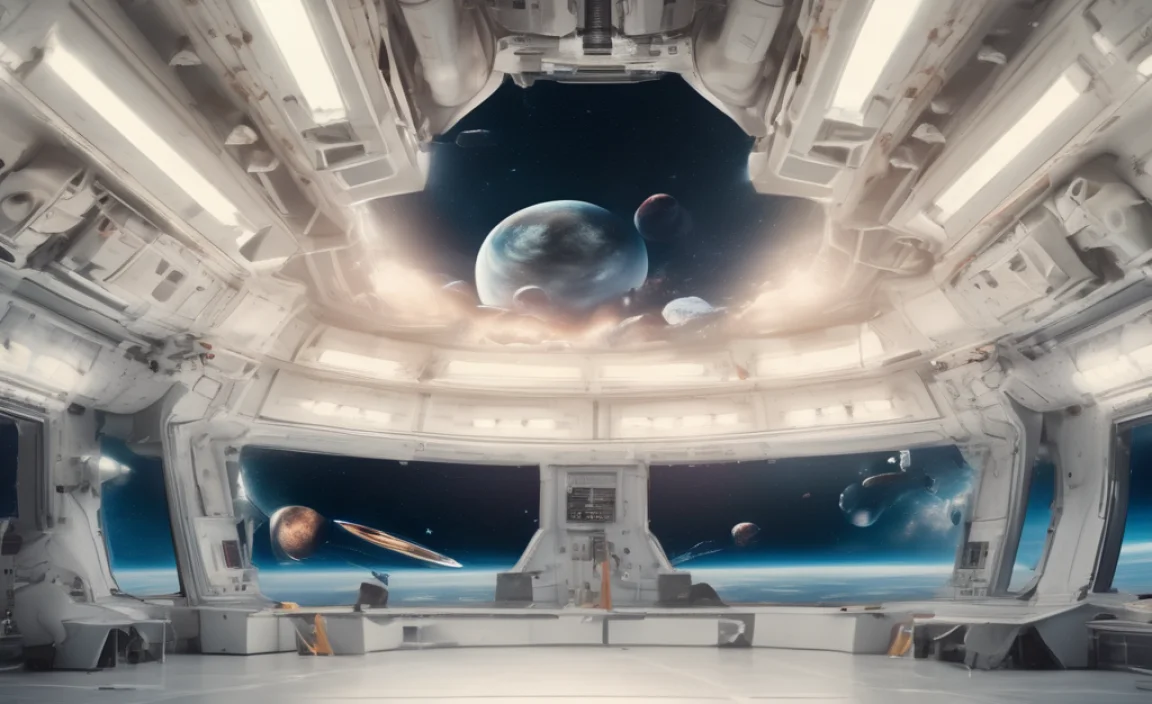
Stars are giant balls of burning gas. They light up our universe. Our sun is just one of billions of stars. Some stars are much bigger and brighter. Their power is incredible. They create light, heat, and energy. Stars are born, live for millions of years, and then die. Understanding stars is key to learning about space.
- The sun is a medium-sized star.
- Betelgeuse is a massive star, 700 times the size of the sun.
- Stars create elements like carbon and oxygen.
- Supernovae are explosions when stars die.
- Stars have lifecycles from birth to death.
- The nearest star, Proxima Centauri, is 4.24 light-years away.
- Stars are often found in clusters or groups.
Stars are both beautiful and powerful. They can shine brightly for billions of years. When stars die, they create stunning supernovae. These explosions scatter elements into space. This process helps form new stars and planets. Learning about stars helps us understand the universe’s history and future. Every twinkling star has a story to tell.
Fun Fact or Stats: Betelgeuse is a red supergiant about to explode soon!
The Life Cycle of a Star
Stars have fascinating life cycles. They begin as clouds of dust and gas. These clouds collapse and heat up, forming new stars. Over time, stars grow and change. Some become red giants or supernovae. Eventually, stars run out of fuel and die. Their remnants create new stars. The cycle continues, shaping the universe.
Our Sun: The Star We Know
The sun is our closest star. It gives us light and warmth. Without it, life on Earth wouldn’t exist. The sun is a medium-sized star. It’s about halfway through its life cycle. In billions of years, it will become a red giant. The sun’s energy drives our climate and weather. Understanding the sun helps us learn about space.
Betelgeuse: A Star Ready to Explode
Betelgeuse is a massive star in Orion. It’s much larger than the sun. Right now, it’s nearing the end of its life. When it explodes, it will become a supernova. This explosion will be visible from Earth. Scientists watch Betelgeuse closely. They want to learn more about star lifecycles and supernovae.
Black Holes: The Ultimate Space Mystery
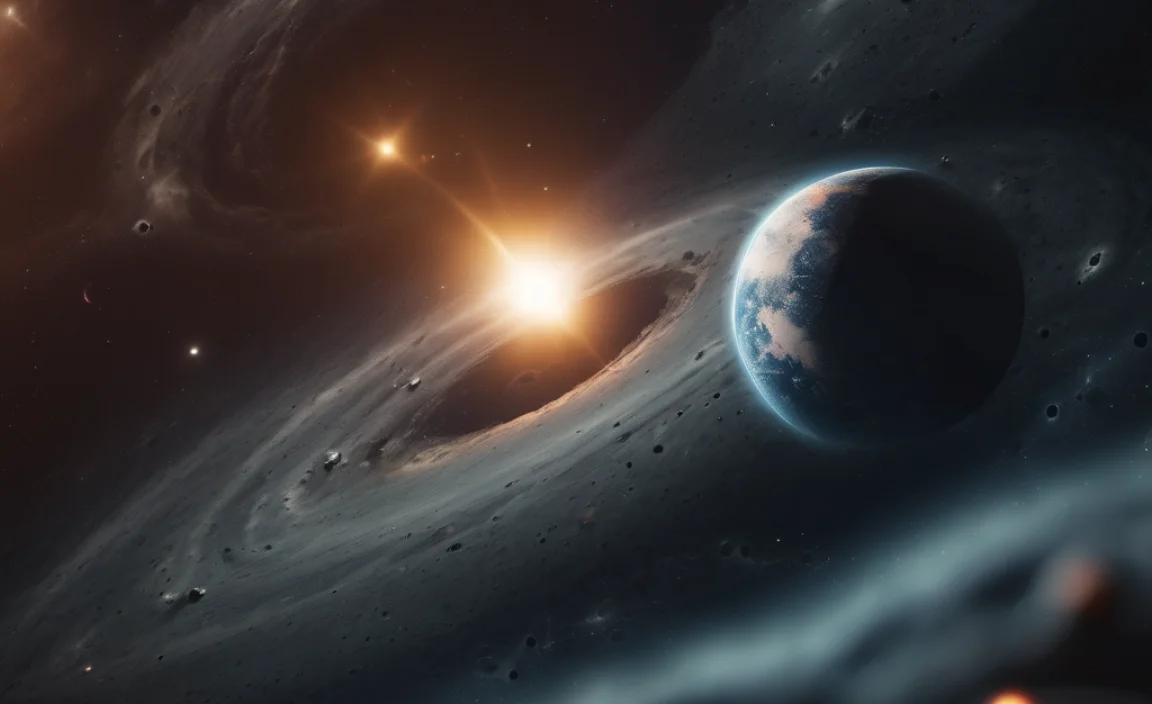
Black holes are one of the most mysterious objects in space. They have immense gravity. Nothing can escape them, not even light. Black holes form when massive stars collapse. Their gravity pulls everything inward. Scientists can detect them because of the way they affect nearby stars. Black holes challenge our understanding of space and time.
- Black holes have strong gravity that pulls everything in.
- They are invisible since they trap light.
- Scientists observe them by their effect on nearby stars.
- Some black holes are as small as an atom.
- Supermassive black holes exist at the center of galaxies.
- They can merge to form bigger black holes.
- Black holes can distort space and time.
Black holes are fascinating and spooky. Their strong gravity can bend light and warp time. Scientists are keen to learn about them. Black holes may help us understand the universe’s secrets. They show the power and mystery of space. Imagine a place where nothing can escape! That’s the awe-inspiring reality of black holes.
Fun Fact or Stats: The nearest black hole is just 1,000 light-years away!
How Black Holes Are Formed
Black holes start as massive stars. When a star runs out of fuel, it collapses. Its core becomes incredibly dense. The result is a black hole. Its gravity is so strong, not even light can escape. This makes black holes invisible. Scientists study their effects on nearby stars to find them.
Supermassive Black Holes
Supermassive black holes are the giants of space. They sit at the center of galaxies. Their gravity holds galaxies together. Some are millions of times the mass of the sun. How do they get so big? Scientists are still trying to figure this out. Their discoveries could unlock new space secrets.
Time Warp: The Effect of Black Holes
Time moves differently around black holes. Their powerful gravity stretches and warps time. This is called time dilation. If you were near a black hole, time would slow down. It’s like living in a sci-fi movie. Scientists use black holes to study the nature of time and gravity. It’s one of the universe’s fascinating mysteries.
Table: Facts About Space Objects
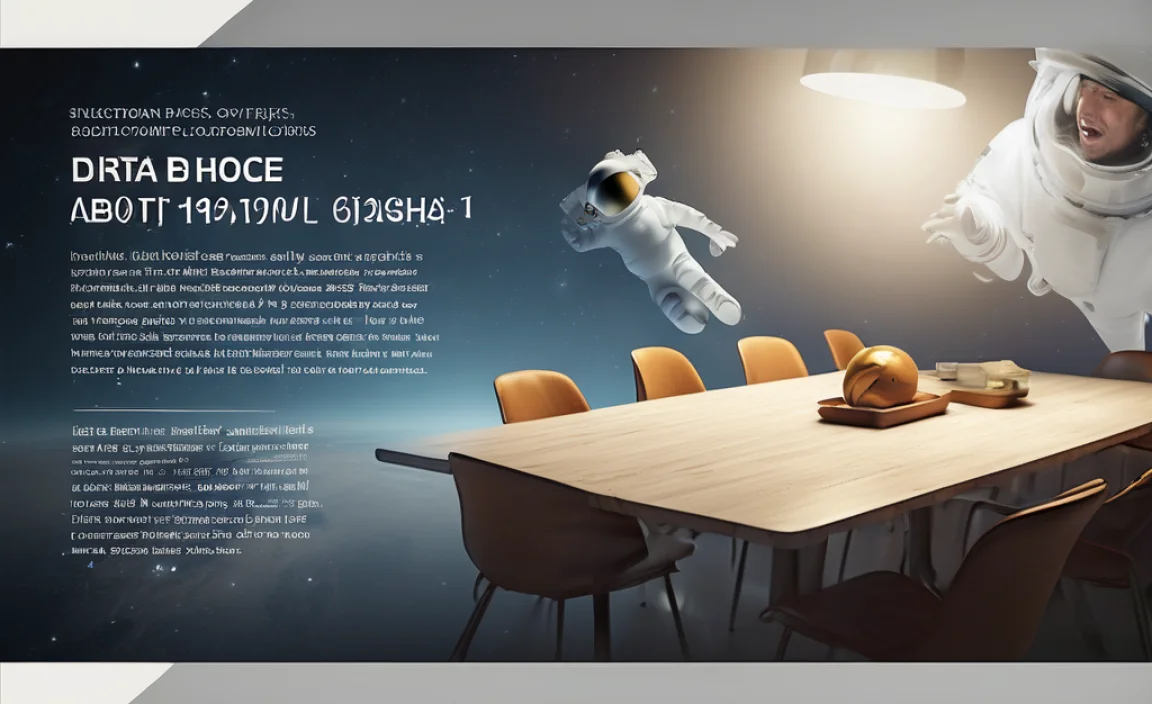
| Object | Description | Fun Fact |
|---|---|---|
| Galaxy | Collection of stars, dust, and gas | Milky Way is one of billions |
| Star | Burning ball of gas | Sun is a medium-sized star |
| Black Hole | Region of strong gravity | Light can’t escape it |
| Planet | Body orbiting a star | Earth has liquid water |
Conclusion
Space is full of surprises and mysteries. From shocking facts about space to the vastness of the universe, it never ceases to amaze us. As we continue to explore, we learn more about planets, stars, and black holes. Each discovery leads to new questions. Space exploration is an exciting journey with endless possibilities. Who knows what we’ll find next?
FAQs
Question: What are some shocking facts about space?
Answer: Space is full of surprises. It’s much larger than we can imagine. Some planets have diamond rain. Stars can be much larger than our sun. Black holes have incredible gravity. They are just a few of the shocking facts about space.
Question: How big is the universe?
Answer: The universe is vast and ever-expanding. It’s hard to comprehend its size. Astronomers estimate it’s about 93 billion light-years across. That’s just the observable universe. There may be much more beyond what we can see.
Question: What causes weather on other planets?
Answer: Weather on other planets is caused by their atmospheres. These atmospheres can have different gases and pressures. For instance, Jupiter has strong storms, while Venus has clouds of sulfuric acid. Each planet’s distance from the sun also affects its climate.
Question: What is a black hole?
Answer: A black hole is a region in space with strong gravity. It forms when massive stars collapse. Nothing, not even light, can escape its pull. Black holes are invisible but can be detected by their effect on nearby stars.
Question: How do stars die?
Answer: Stars die when they run out of fuel. They may become red giants or supernovae. Massive stars can collapse into black holes. This life cycle helps create new stars and elements. The process is part of the universe’s evolution.
Question: What makes our sun unique?
Answer: Our sun is a medium-sized star. It’s unique because it supports life on Earth. The sun provides light, warmth, and energy. Without it, our planet would be cold and lifeless. The sun’s stable climate allows life to thrive.


